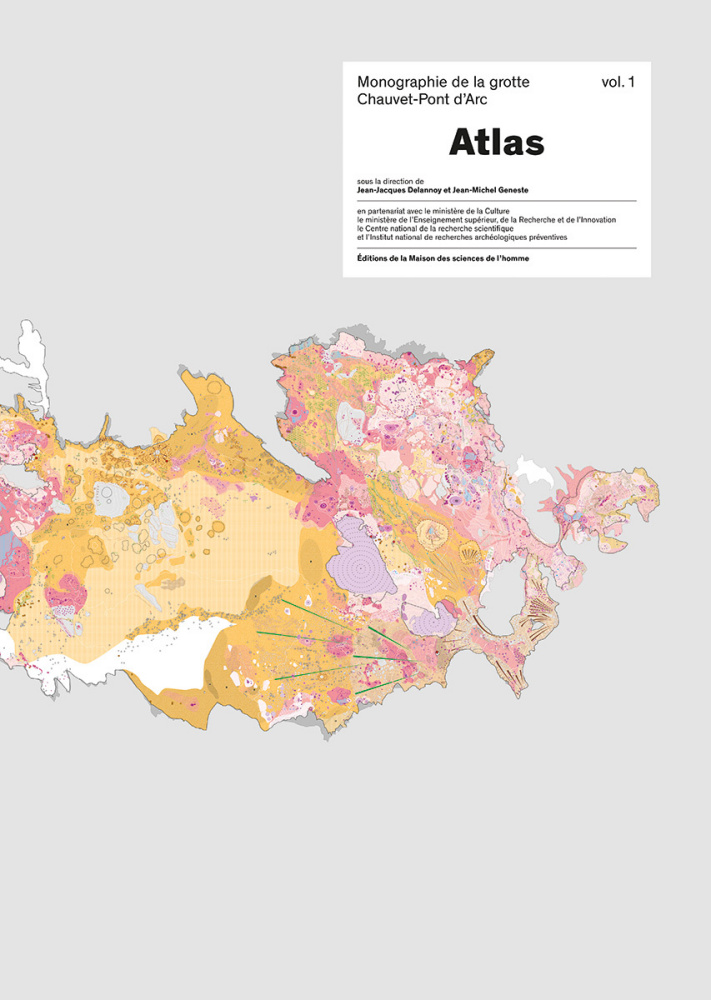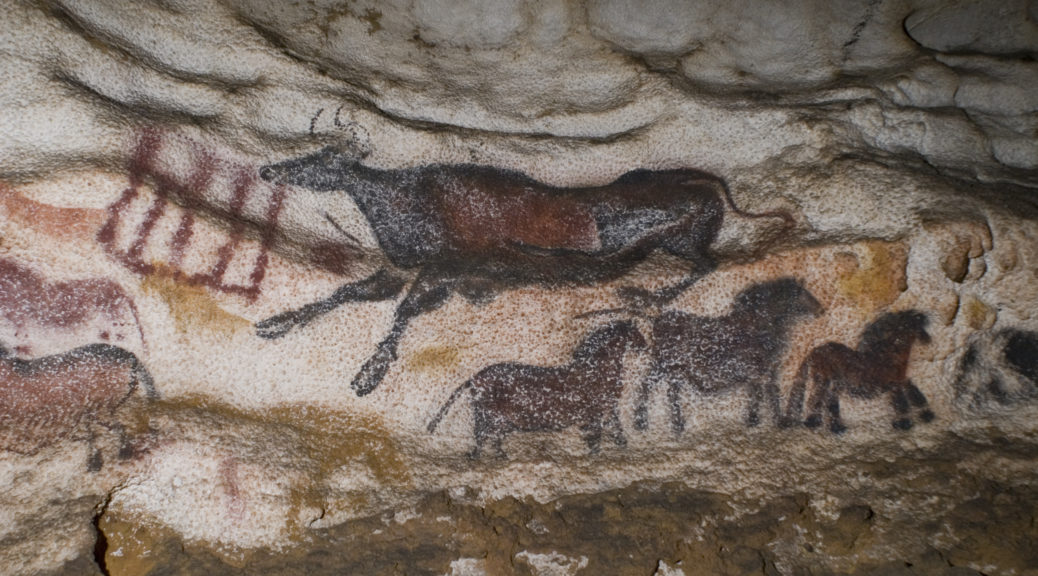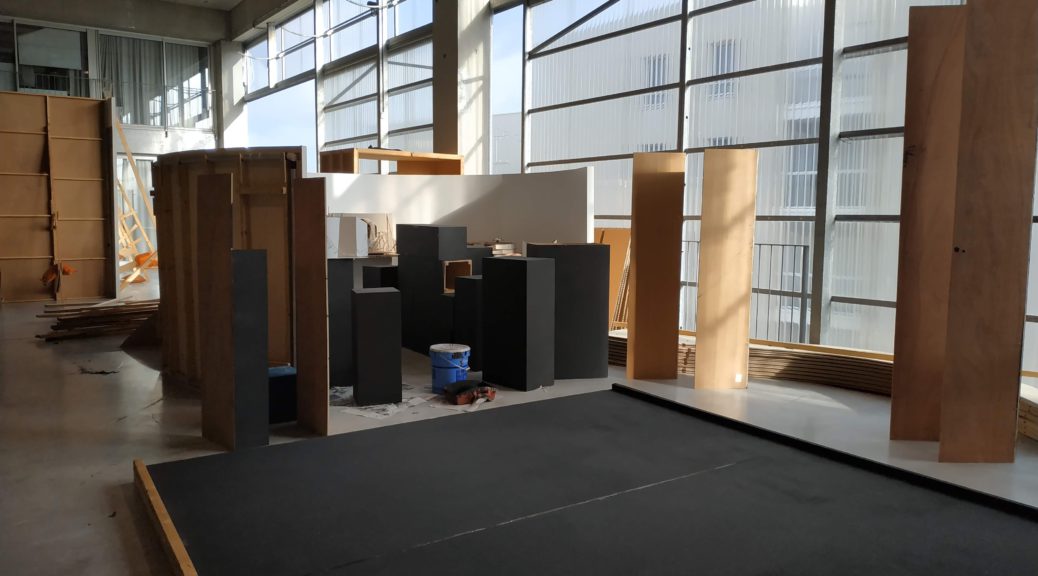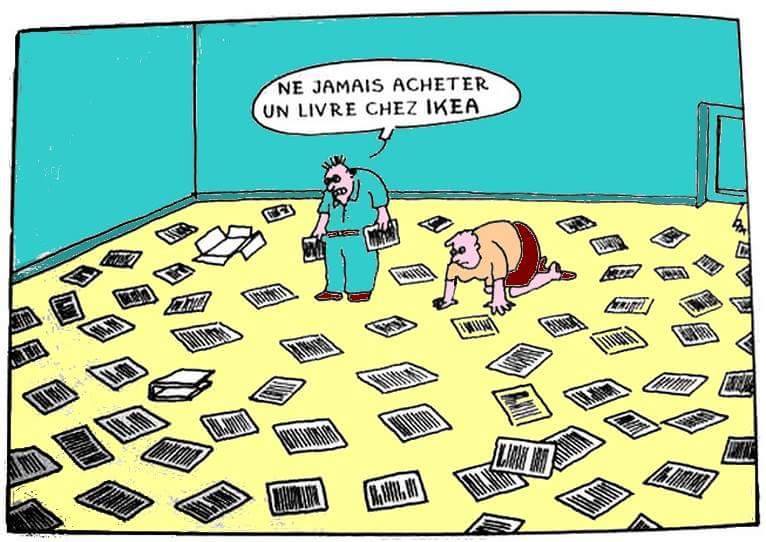A. The subject The subject is the environment in which you want to work. We could also use “the theme”. It can be wide, its outlines undefined, but it is nevertheless important to specify it, because it will partly determine your vocabulary and possibly the referential system in which you will be working.
B. The object The positioning of the object makes it possible to narrow down the field of investigation for the first time. The term object is given here in the singular, but the object can contain « objects ». These are the specific elements that the study will focus on. In a comparative work, it can be a corpus of works, in an analytical work, it is a work (or a building, a city, a room etc …) that we will of course, replace its galaxy matrix.
C. Problem or issue The problem is the question the subject must answer. It is essential that the content of the study can be expressed in the form of a question. Until this question can be formulated, the study remains vague, fuzzy, indeterminate and therefore very difficult to conduct. We have to imagine that the thesis can be considered as a novel, with an environment, characters and a plot (the problematic) which pushes the reader to go from the first to the last page.
D. Sub-problems The question of the problematic inevitably leads to intermediate questions which must be answered. It often happens that the expression of these subproblems ends up constituting the outline of the thesis.
E. Assumptions In the hypotheses, a first inventory will be made of what we think we will find as part of the answers. Hypotheses are anticipated answers that we will verify.
F. The boundaries / restriction of the subject / determination of the corpus When you start a study, you realize that a subject is always very vast, the risk being of never ending always wanting to explore further the data that you discover; the second risk is also to drift and finally to deal with another subject. The delimitation of the subject makes it possible to know where we are in the field of knowledge, to what disciplines we are likely to call on. Two advantages: better contain your exploration time, show your reader that you have sufficient culture to manage to establish your work in relation to what already exists. Determining the corpus is an essential step. It is about choosing the works or objects on which (the) s will work. In a comparative approach, we choose the works that make sense and serve the demonstration, no need to take everything. In an analytical process, the process is similar.
G. Definition of terms This section is particularly important. Every scientific discipline produces its own vocabulary. Some words are specialized, invented for jargon (for example projection by architects derived from Italian to characterize the activity of design or project), others are the result of semantic shifts (« system architect » in computer scientists ). Recalling the definitions of essential terms, as they will be used in the brief, allows the reader to be unambiguous about what you are saying. This definition work can be supplemented by lexicographical work, on the origin of the words that will be used, their evolution over time, on the semantic fields they cover.
H. The postulates The postulates are the statements that we will make on subjects still under discussion. It is sometimes important, in order to move the work forward, to solidify areas where researchers do not agree or to simplify questions whose refinement is not on the scale of your research. We just have to talk about it and justify the establishment of these assumptions.
I. The posture One of the characteristics of the research carried out by architects is that it touches on areas related to architecture, fueling architectural thinking, but not directly and explicitly focused on architecture. This is one of the central questions of research in architecture, which, at the present time, poaches in the lands of sociologists, engineers or historians. Here, the affirmation of the posture will allow the author of the dissertation to be placed in a field of competence in which he can express himself. The same subject can be illuminated in very different ways depending on whether it is handled by a historian, an architect or a structural specialist.
J. The importance of study. Whatever one thinks when starting a research work, the result will concern and interest future readers and researchers. No work is in vain, it advances knowledge, first of the author, then of the readers. There is no false modesty to be had, just a correct appreciation of your work.
II. State of the art The state of the art is an essential section, it determines what has been done on the subject by other researchers around the world. A mistake is generally made regarding the state of the art which is to confuse the subject and the problem. Your problem must be original and if in the state of the art you discover the same problem as yours, then you must change it or specify a different angle of attack. On the other hand, it would be very extraordinary if neither the subject nor the object gave rise to any literature. The state of the art, within the framework of the thesis, must respect the boundaries of the delimitations (hence its importance) so as not to spend all your time looking for what others have done at the expense of what the you could do it yourself. The state of the art, which will be briefly reproduced in the body of the text but especially in the organized and structured bibliography (we will come back to this point later), allows the specialist reader to validate the level of knowledge of the author of the memory.
III. Data, their processing and interpretation. All research work involves data collection. It is necessary to be able to expose and explain the origin of the data, their quantity and quality.
A. Data Presentation, brief description. As part of some work, you may yourself be the data producer (technical software experimentation, modeling, etc.)
B. The criteria governing the admissibility of data This very important section explains how the data collected or produced (both concerning the thesis) were retained, according to what criteria. This allows readers or researchers using your work to confidently reuse the information you generate. If this validation work is not exposed and then carried out, the whole research will give rise to suspicion.
C. The research methodology The research methodology presents how the work will be carried out.
D. The specific treatment envisaged for each sub-problem In the context of a work with distinct phases, as explained previously in the research methodology, it may be necessary to specify the specific treatment of each sub-problem. Above all, this invites you to organize your work well and allocate a time budget to each phase. Another advantage is that it makes it possible to be reactive depending on the contingencies of the study: availability of interlocutors, vagaries of the weather, calendar of events, etc.
IV. Thesis plan The thesis plan can change greatly during the study, it is therefore preferable to work on this methodological grid than to fix the thesis plan too early. It is nevertheless good to position the main joints. The memory plan must be composed as follows: The introduction must contain the subject, the object, the clearly stated problematic and the outline of the dissertation showing how the reflection will develop. Each part of the thesis is introduced by a short paragraph setting out the content of the subject, the questioning specific to the part and ends with a small conclusion serving as a transition to the next part. The brief can be in three parts, but this is not a hard and fast rule. The conclusion takes up the initial hypothesis, restores the entire process and collects the intermediate conclusions in order to show how the problems were resolved. We then look at the results (positive or not, whatever), the importance of the research and the possible follow-up to the study. An enlargement can be proposed. Pages containing a lot of data (interviews, simulations, listings, etc.) must not appear in the body of the thesis and must be placed in an appendix. The body of the thesis is the place of reflection, of analysis and not of the exhibition of the kilometers of collected data.
V. Summary bibliography and bibliography of the thesis A summary bibliography can be presented at the start of the dissertation to help with its implementation. The dissertation bibliography is presented in alphabetical order by author’s name. If it is very long, it can be classified by topic. Within the sections, there is an alphabetical classification by author. It is presented as follows: Author. Title. Edition number. Publisher and Date. Paging. Collection. Notes. ISBN.
VI. Work schedule Retro planning and placement of special events.




